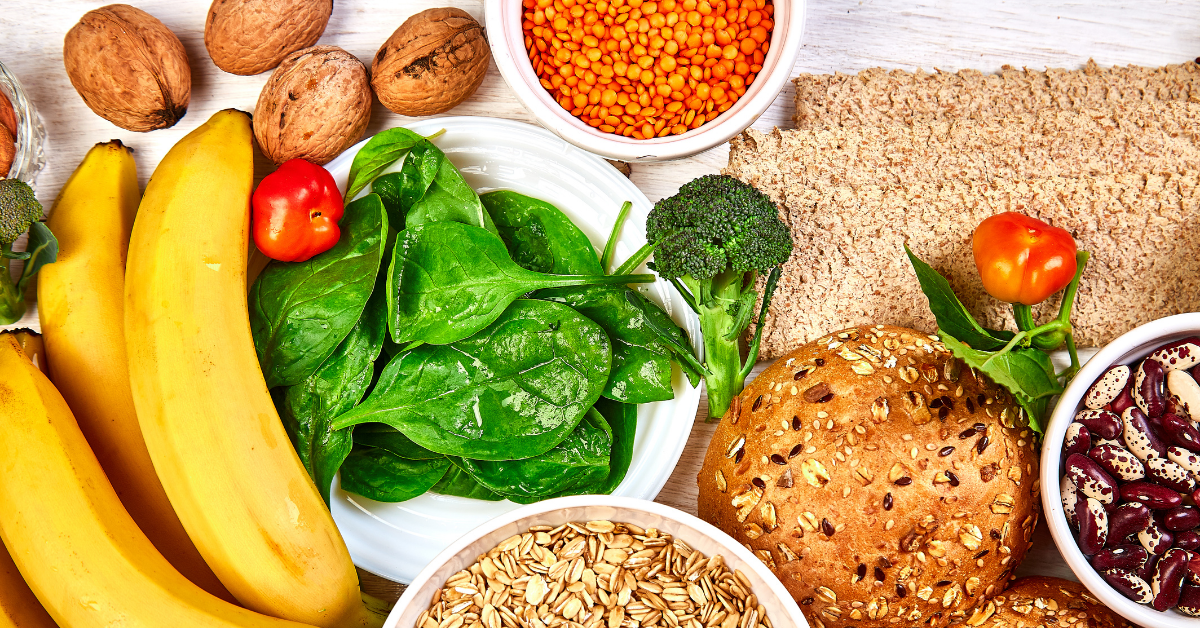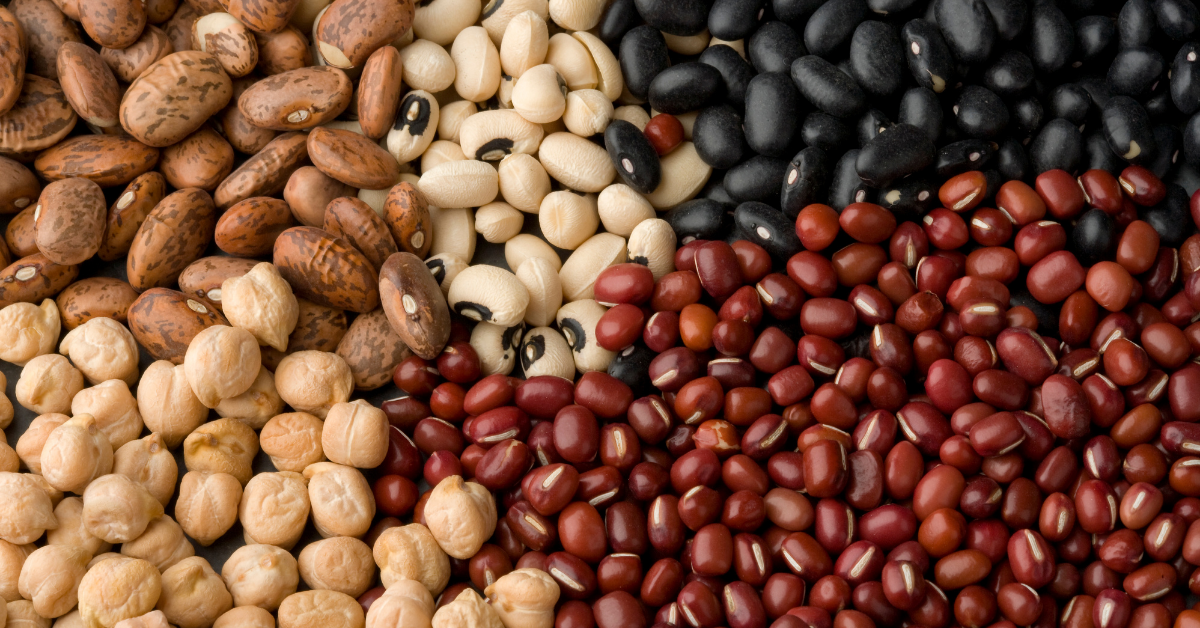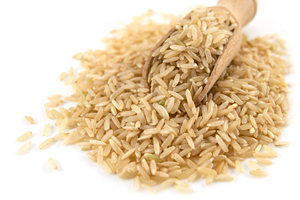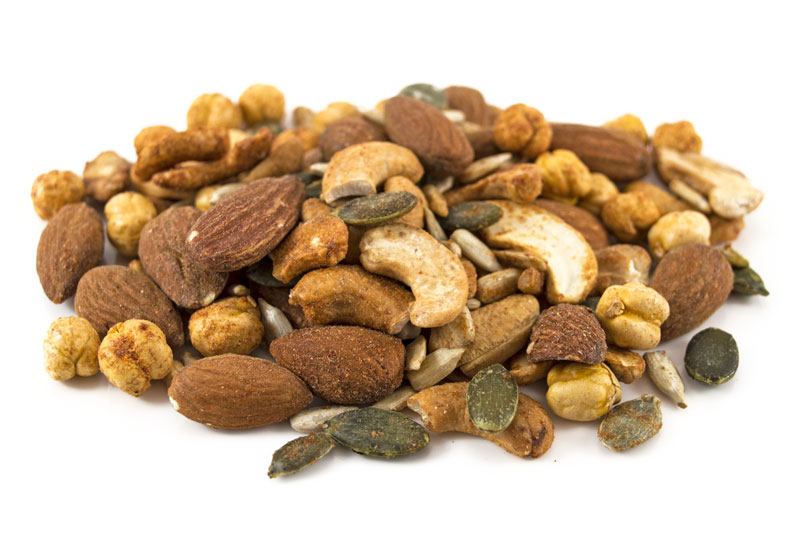Why is fibre important, and where can we get it?
We’ve all heard that we should make sure we eat plenty of fibre in our diet (sometimes also referred to as ‘roughage’), and that this will make us into glowing pictures of health and keep our bowels ticking over wonderfully. But what is fibre, and how come it’s so important?
The British Nutrition Foundation defines dietary fibre as ‘plant-based carbohydrates that, unlike other carbohydrates (such as sugars and starch), are not digested in the small intestine and so reach the large intestine or colon’.[1] As our bodies can’t digest or absorb fibre, it travels all the way through our bodies virtually intact. When it arrives at our colon, that’s where the real magic starts – the friendly bacteria who live there feast on the stuff, and reward us with all kinds of miraculous health benefits. Something called short-chain fatty acids are produced by this process, which are excellent at reducing inflammation and fighting cancer.
Let’s look in closer detail at the wonderful world of dietary fibre….

Plants contain both soluble and insoluble fibre, but in differing amounts. While soluble fibre dissolves in water, and can often be found in the soft, moist parts of plants, insoluble fibre is generally tougher and often found in edible skins, husks and shells of plants. Fruit and vegetables usually have plenty of soluble fibre, as do pulses. Whole grains tend to have a good amount of insoluble fibre, as do nuts and seeds. Both types of fibre are excellent for the health of your digestive system. The soluble type creates a gel when it dissolves, which can help slow digestion, leading to improved blood sugar control and a reduction in blood cholesterol. The insoluble type is essential for healthy bowel movements, as it attracts water and leads to very healthy and well-formed ‘number twos’!
You can’t do much better than load up on pulses if you want to reward yourself with a great load of fibre. It’s mostly because of this that the British Heart Foundation recommends we add bulk to dishes such as soups, stews and curries with lentils and beans,which is a great, cheap, nutritious way to make dishes go further.[2] Split peas have a whopping 8.3g of fibre per 100g, while kidney beans have 6.8g and lentils have 7.3g. Chickpeas have a robust 7g of fibre per 100 grams, so this gives us the green light to eat plenty of hummus – why not try this delicious Pumpkin Cannellini Hummus or this lip-smacking Spicy Harissa and Sesame Hummus? Kids and adults alike are sure to love these wonderful Bean Burgers – or maybe you can bring a taste of the Middle East to your dinner table with some awesome Spicy Baked Falafels.
Try not to undress your ingredients!
When we take off the ‘jackets’ off the foods we eat (outer husks, shells, peel, etc.), this invariably involves reducing their fibre content, and thus also their nutrition and health benefits. For example, white rice usually has around 0.4g of fibre per 100g, but brown rice, which is the same thing but with the outer husk kept on, has around 1.8g of fibre per 100g. Some other types of rice have even more – for example, black rice, with a fantastic 4.5g per 100g. Hulled hemp seeds have around 1.8g of fibre per 100g, but if you munch them without the outer shell removed, whole hemp seeds have a fantastic 6g of fibre per 100g.
Because soluble fibre forms a gel which slows food’s passage through the digestive system, it can significantly reduce spikes in blood sugar. Societies which have a high consumption of fibre-rich plant foods, such as in rural Africa, tend to have massively lower rates of diabetes. However, the World Health Organisation has reported that as Western diets encroach on such societies, diabetes rates are shooting up, with healthcare systems ill-equipped to deal with the huge rise in health complications this entails.[3] An analysis conducted in 2007 of 6 studies on how fibre is a great fighter of diabetes found that a 2-serving-per-day increment in whole grain consumption may reduce diabetes risk by 21%.[4] The Western diet has been shown to be catastrophic for diabetes rates, and this is due in large part to its woeful lack of fibre. Between 1999 and 2002, the American Diabetes Association reported that less than a fifth of adults in the USA with diabetes were consuming enough dietary fibre.[5]
Berries are absolutely stuffed with fibre, especially raspberries, with these delicious freeze-dried raspberries containing a stonking 44g of fibre per 100g! Berries are a great thing to have for breakfast as a healthy, lip-smacking start to the day, and they’re even better when eaten with oats, which are around one-tenth fibre by weight. And if you fancy a snack later, why not have a bowl of popcorn? As long as you don’t smother it in salt, sugar or butter, you’ll find it a filling snack with the air-popped type packing in a great 14.4g of fibre per 100g. Chia seeds contain around 35g per 100g of fibre, and can be made into this gorgeous fruity chia pudding. We know that almonds are fantastically healthy in all kinds of ways, and chief among these is their fibre content of around 12g per 100g. Just make sure you choose the ones with skins on! Finally, here’s some really great news – dark chocolate is over one-tenth fibre – joy to the ears of chocolate-lovers everywhere!
[1]https://www.nutrition.org.uk/healthyliving/basics/fibre.html
[2]https://www.bhf.org.uk/informationsupport/heart-matters-magazine/nutrition/fibre/fibre-swaps
[3]http://apps.who.int/iris/bitstream/handle/10665/204871/9789241565257_eng.pdf;jsessionid=EC0904908C727EBB4475748C284CA8CA?sequence=1
[4]https://www.ncbi.nlm.nih.gov/pmc/articles/PMC1952203/
[5]https://care.diabetesjournals.org/content/29/3/531.long







